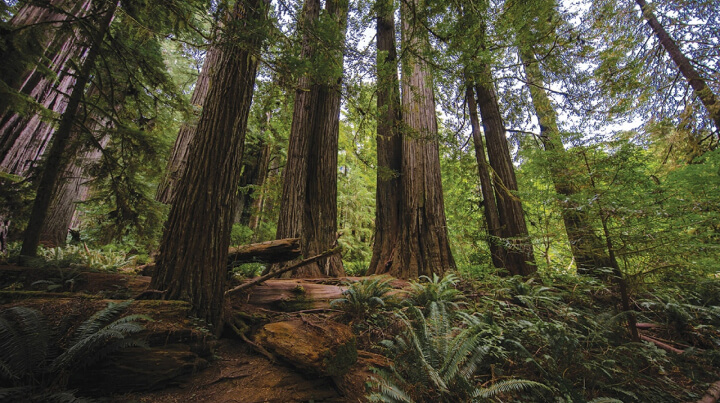Texas A&M Forest Service Nature Challenge


Become a Stargazer
Our eyes can detect subtle variations in brightness, determine the colors and relative temperatures of stars, and even track the motions of the Moon and planets. On a clear moonless night, more than a thousand stars are visible. You can also see five of our solar system's planets, star clusters, galaxies, and the occasional bright comet.
Become a stargazer by looking up toward the night sky to see stars and identify constellations.
Details

|
|
|
|

This Challenge is for:
- All Ages
- Formal Educators
- Informal Educators
- Landowners
Challenge Topics:
- At Home
- Connecting Children with Nature
- Homeschool
This Challenge is accessible for:
- People with Hearing Impairments
- People with Mobility Impairments
- People with Developmental Impairments
- People with Sensory Sensitivities
Things you’ll need...
Don’t forget your...
- Blanket
- Jacket
- Binoculars
- Flashlight - Cover the end with red paper to preserve the sensitivity of your eyes.
- Simple Star Chart
- Observation Log
To complete this challenge
Step one
The Stargazer's Checklist

First, wait for a night that is clear and dark. Then find a place away from city lights. The darker it is and the farther you are from lights, the more stars you can see. Don't forget to get permission from an adult or bring one along!
Step two
Find the Big Dipper

Because we live in the Northern Hemisphere, chances are that if you look up toward the night sky, you will see the Big Dipper. It includes seven stars and looks just like a giant dipper, hence the name. The Big Dipper has two parts - a bowl and a handle. The two outer stars in the bowl are called Dubhe and Merak. If you draw an imaginary line between these two stars, it will point towards Polaris, or the North Star. This is why Dubhe and Merak are called The Pointers.
Step three
Find the Little Dipper

The Big and Little Dippers rotate around Polaris, the North star, once a day. Once you've spotted the Big Dipper, it will lead you to Polaris and the Little Dipper. Polaris is also part of the Little Dipper, it's the end of the handle. The Little Dipper has seven stars like the Big Dipper, but they are much closer together. You may have noticed the Little Dipper is harder to spot in the night sky. This is because the four middle stars of the handle and bowl do not shine as bright.
Step four
Begin Your Exploration

Now that you have found the North Star, you can begin to locate all of the 36 constellations in the northern sky. On a clear moonless night, more than a thousand stars are visible. You can also see five of our solar system's planets, star clusters, galaxies, and the occasional bright comet. As Earth orbits around the Sun, the night side of our planet faces different directions throughout the year. As a result, certain constellations are best seen during winter or summer months.
Step five
Earn your badge!

Gallery
There aren't any images in the gallery.
Texas A&M Forest Service and cooperators collectively known as “Nature Challenge” have not inspected the physical locations of challenges. No warranty of safecondition, or fitness for particular use is granted by Nature Challenge. Nature Challenge has not vetted whether the challenges, as formatted by the Provider, is safe. Anyone performing this challenge will be doing so at their own risk.








